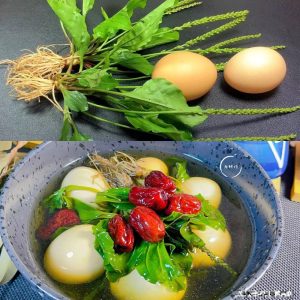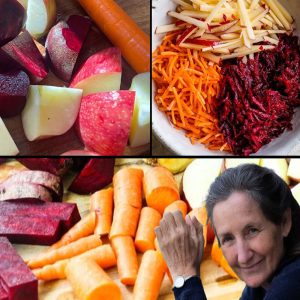Growing ginger at home is a rewarding endeavor, allowing you to have a fresh supply of this versatile and health-beneficial spice right at your fingertips. Ginger, known for its strong immune-boosting, anti-inflammatory properties, and its ability to aid digestion and alleviate nausea, can easily be grown indoors, ensuring a continuous harvest throughout the year. Here’s a simple guide to cultivate endless amounts of ginger in your own space.
Starting Your Ginger Plant
What You Need:
Organic ginger root (Non-organic may be treated with growth inhibitors)
A wide, shallow pot
Potting soil rich in organic matter
Preparation:
Selecting the Root: Begin with a fresh, plump piece of organic ginger root, preferably with visible eyes (little bumps) from which the shoots will grow.
Soak the Root: Soak the ginger root in warm water overnight. This step helps to remove any residue that may inhibit growth and awakens the dormant buds.
Prepare the Pot: Fill your pot with well-draining, rich potting soil. Ginger prefers a moist environment but doesn’t like waterlogged conditions, so ensure good drainage.
Planting the Ginger: Plant the ginger root just below the surface of the soil, with the eye buds facing upward. Ginger roots grow horizontally, so choose a wide pot for planting.
Position: Place the pot in a location that receives partial shade. While ginger enjoys warmth, it does not thrive under direct, strong sunlight.
Care and Maintenance:
Watering: Keep the soil consistently moist but not soggy. Ginger roots benefit from high humidity, so misting the leaves can help replicate the plant’s natural environment.
Temperature: Ginger is a tropical plant that prefers warm temperatures. If you live in a cooler climate, it’s essential to keep the plant indoors, especially during the colder months.
Harvesting:
When to Harvest: Ginger takes about 10 months to mature fully. However, you can start harvesting small amounts after 3-4 months by carefully uncovering the soil at the edges of the pot and cutting off the needed amount.
Continuous Harvest: After cutting what you need, cover the remaining root back with soil. This method allows for a continuous harvest from the same plant.
Tips for Success:
Pot Selection: Choose a pot that is wide and shallow rather than deep, as ginger roots grow horizontally.
Soil: Use a rich, well-draining potting mix to promote healthy growth. Mixing in some compost can enhance the nutrient content of the soil.
Feeding: Ginger benefits from occasional feeding. Use a balanced, organic fertilizer to nourish your plant every few weeks.
Growing ginger at home is not only practical but also incredibly satisfying. With a bit of patience and care, you’ll enjoy the fresh, vibrant flavor of homegrown ginger, along with its numerous health benefits, right from your own garden.





